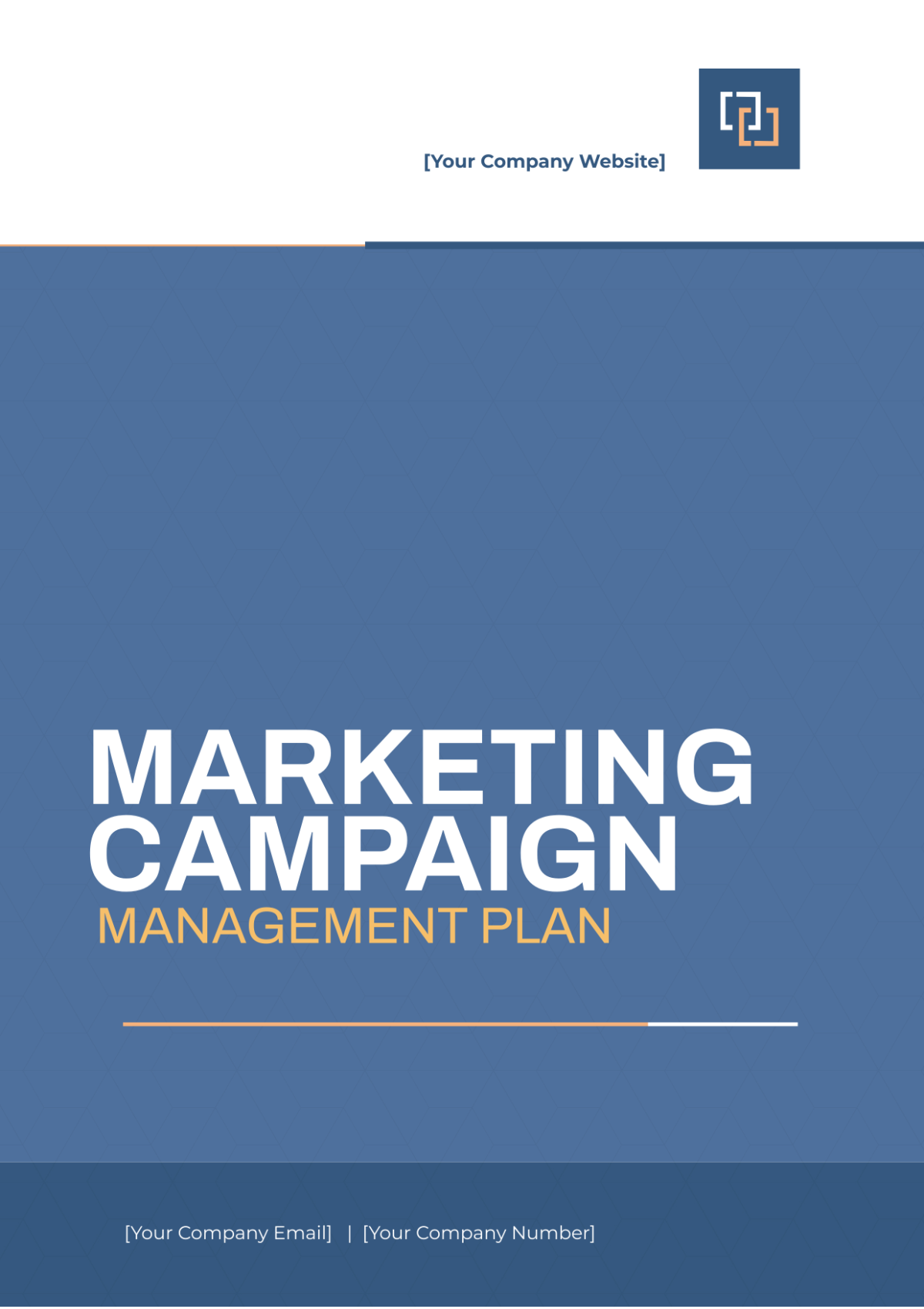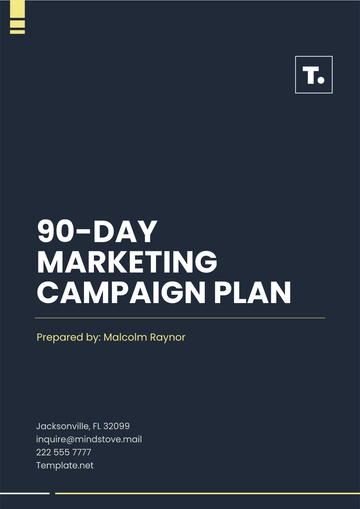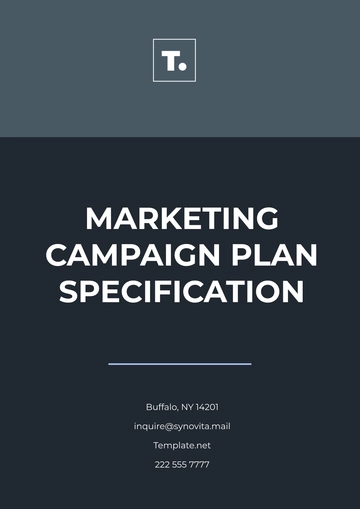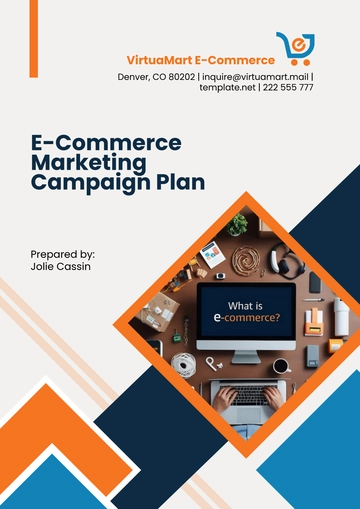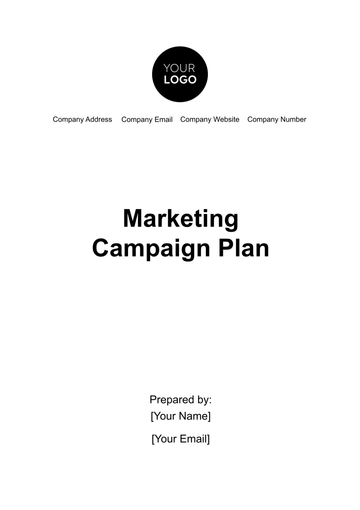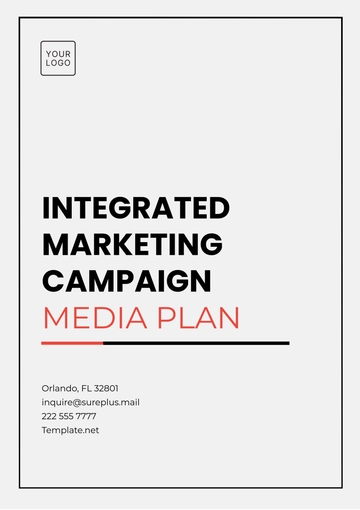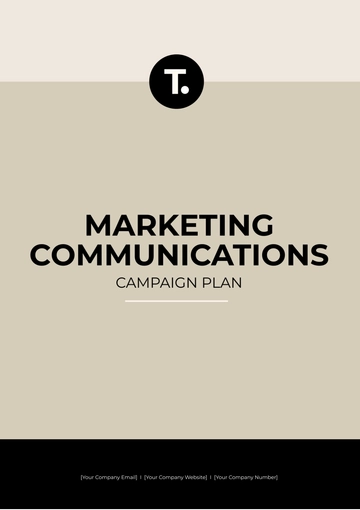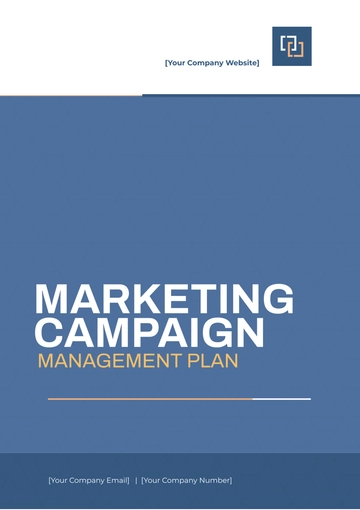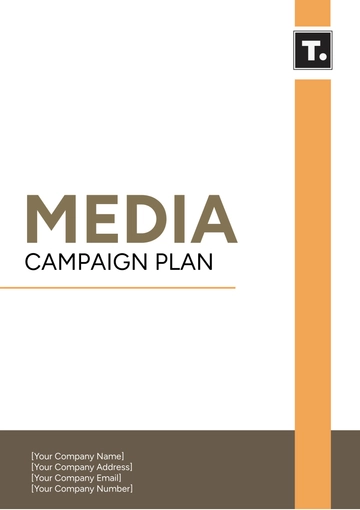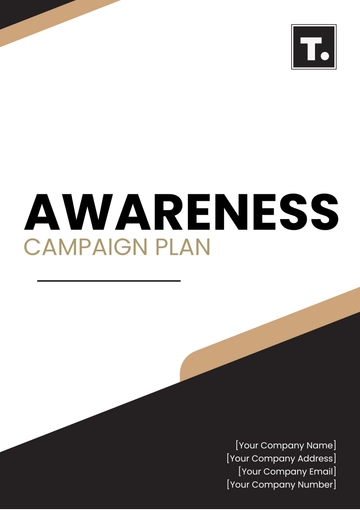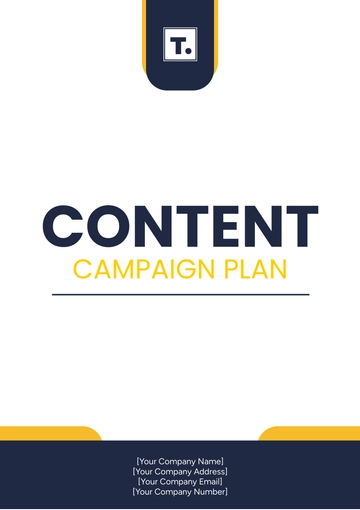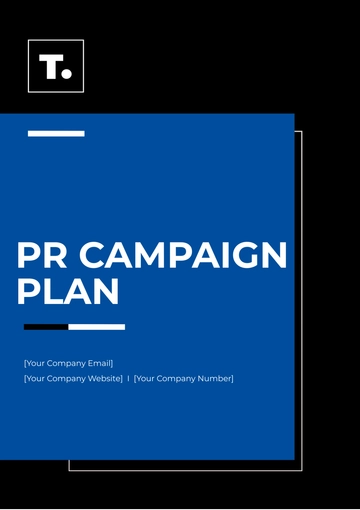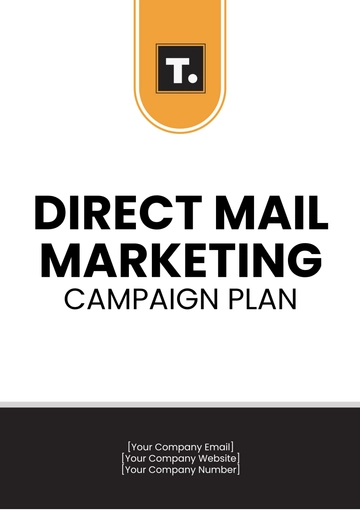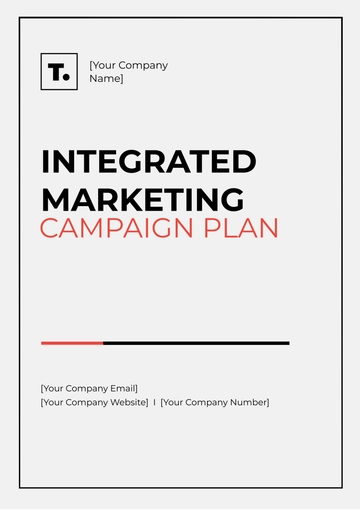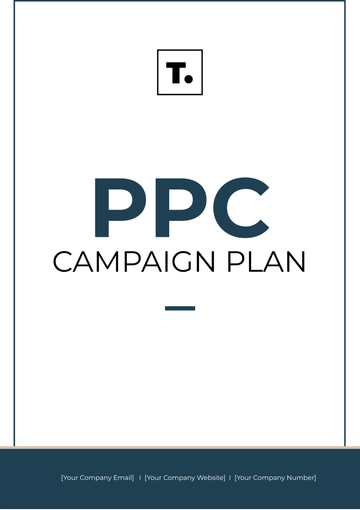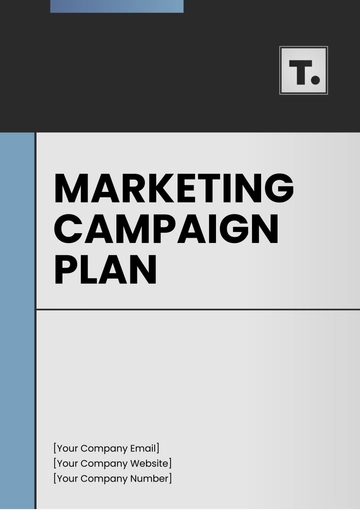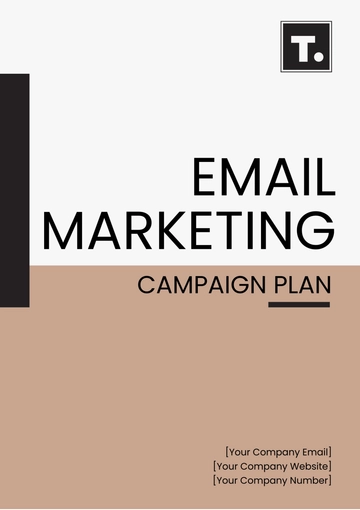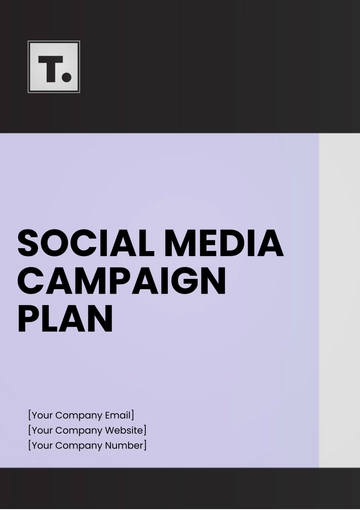Marketing Campaign Management Plan
I. Executive Summary
The purpose of this Marketing Campaign Management Plan is to outline the strategies and tactics for the successful launch of our new product, [Product Name]. This plan will cover all aspects of the campaign, from initial market analysis to post-launch evaluation, ensuring a cohesive approach that maximizes market penetration and drives sales.
II. Situation Analysis
A. Market Overview
Industry Trends: Describe the current trends in the industry.
Market Size and Growth: Provide data on the market size and expected growth rates.
Competitive Analysis: Identify key competitors and analyze their strengths and weaknesses.
B. SWOT Analysis
Strengths: Internal attributes that are helpful to achieving the objective.
Weaknesses: Internal attributes that are harmful to achieving the objective.
Opportunities: External factors the project can exploit to its advantage.
Threats: External factors that could cause trouble for the business.
III. Objectives
IV. Target Audience
A. Demographics
Age: 25-45 years old
Gender: All genders
Income Level: $50,000 - $100,000
Location: Urban and suburban areas
B. Psychographics
Interests: Technology enthusiasts, early adopters, professionals
Lifestyle: Busy, tech-savvy, value convenience and quality
C. Behavioral
Buying Habits: Prefers online shopping, responsive to digital marketing
Brand Loyalty: Moderate to high
V. Positioning and Messaging
A. Positioning Statement
[Product Name] is an all-in-one smart home solution that offers seamless integration and unparalleled convenience, making it the best choice for busy professionals who want to simplify their lives and enhance their homes.
B. Key Messages
Supporting Messages:
Cutting-edge technology designed for modern living.
Exceptional quality and durability.
User-friendly features that enhance productivity and enjoyment.
VI. Marketing Strategy
A. Product
B. Price
Pricing strategy (e.g., penetration pricing, premium pricing).
Comparison with competitor pricing.
C. Place
Distribution channels (e.g., online platforms, retail partnerships).
Geographic areas targeted for the launch.
D. Promotion
Digital Marketing: Social media campaigns, email marketing, influencer partnerships.
Traditional Marketing: Print ads, TV and radio spots, billboards.
Public Relations: Press releases, product launch events, media outreach.
Sales Promotion: Discounts, limited-time offers, bundling.
VII. Budget
Overview
A detailed budget allocation for each marketing activity, ensuring all expenses are accounted for and aligned with overall campaign objectives.
Activity | Budget ($) | Notes |
|---|
Digital Marketing | $50,000 | Social media ads, influencer fees |
Traditional Marketing | $30,000 | TV and radio spots, print ads |
Public Relations | $20,000 | Press events, media kits |
Sales Promotion | $15,000 | Discounts, offers |
Total | $115,000 | |
VIII. Timeline
A. Pre-Launch (3 months before launch)
Market research and analysis
Develop marketing materials
Build and optimize the website
B. Launch Phase (Launch day to 1 month post-launch)
C. Post-Launch (2-6 months post-launch)
Monitor campaign performance
Adjust strategies based on feedback and performance data
Continued promotional efforts to sustain momentum
IX. Measurement and Evaluation
A. Key Performance Indicators (KPIs)
Sales Metrics: Number of units sold, revenue generated
Marketing Metrics: Website traffic, social media engagement, email open rates
Brand Metrics: Brand awareness, customer sentiment, media mentions
B. Evaluation Methods
Regularly review KPIs against objectives.
Conduct customer surveys and gather feedback.
Adjust marketing strategies based on performance analysis.
X. Conclusion
This Marketing Campaign Management Plan outlines a comprehensive approach to launching [Product Name], ensuring that all aspects from market analysis to post-launch evaluation are covered. By following this plan, we aim to achieve our objectives, drive significant sales, and establish [Product Name] as a leader in the market.
XI. Contact Details
Plan Templates @ Template.net
